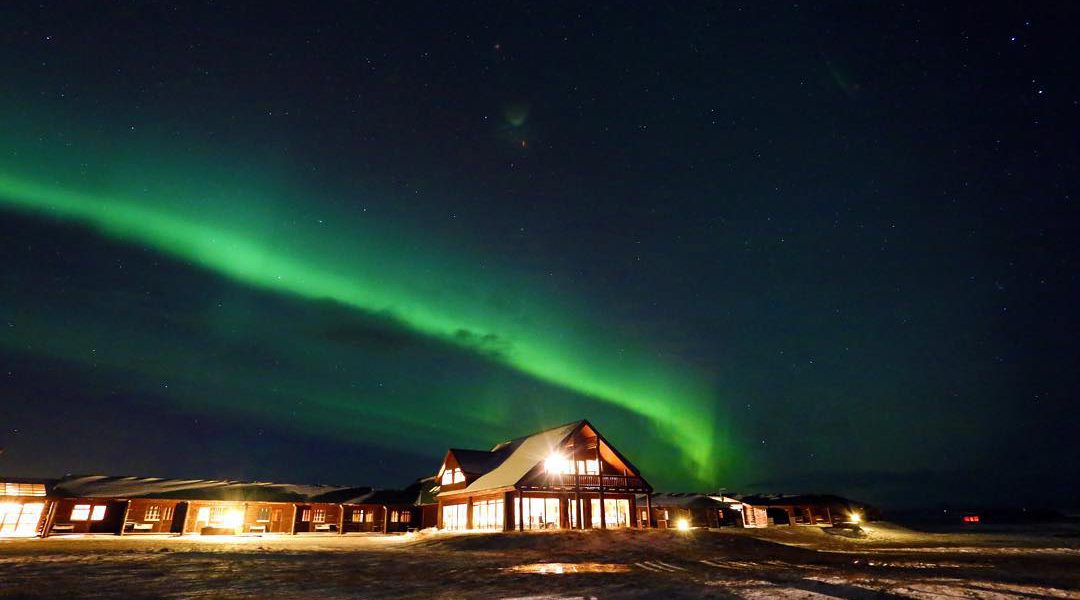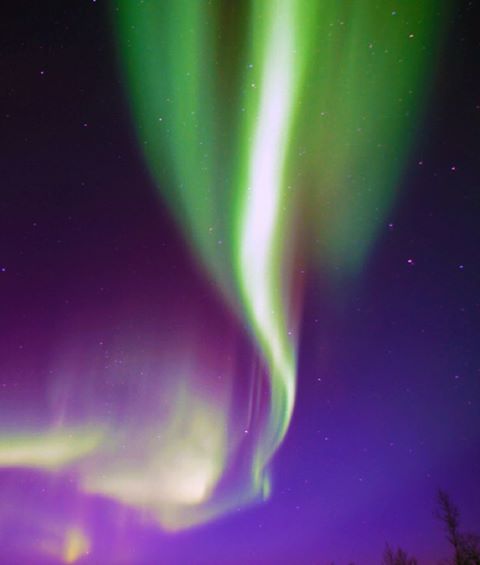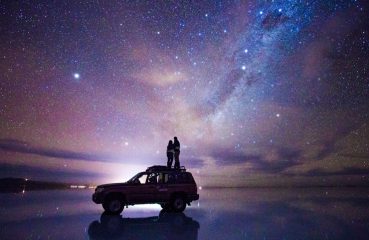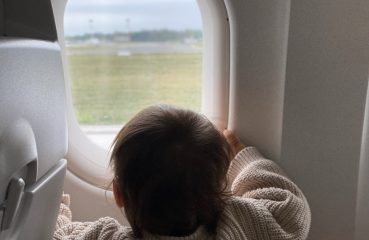It snowed! After the rest of the UK had seemingly been living in Narnia, we finally got some snow (albeit as light dusting) but it led me to reminisce over our Iceland gallery again. Oh how I wish we could travel. It’s about time we planned our next trip to the North. So today I thought I would post about how to chase the Northern Lights in anticipation of your future trips.
You can read about our incredible long weekend in Iceland here, the land of Fire and Ice. As an amazing bonus we were treated to a fantastic show put on by the Northern Lights.
This wasn’t the first time we saw the Northern Lights. In January 2012 we travelled to Tromso in northernmost Norway to be treated to a series of amazing light shows by the electric light orchestra in the sky.
It really surprised me that many people we met in Tromso were visiting for the second or third time and had yet to see the Northern Lights.
I’ve also met plenty of people who claim to have seen the Northern Lights from countries like England or Germany which, while possible, seems unlikely to me.
So we’re going to give you a two-part travel tip series about how to see the Northern Lights and give you as much advice and information as possible whilst also trying to convince you to get out there and check them out.
Today, we’re exploring the Northern Lights, what they are and how they work and then next week we’re giving you our advice about how to best view in Scandinavia and Iceland.
What are the Northern Lights
Strap in and get ready to get scienced.
The sun is constantly exploding. During eruptions charged particles from the sun are shot out across the galaxy, this is known as solar wind. When solar wind hits the earth usually nothing happens because our magnetic field shields us from these particles but around the North and South Poles the solar wind can disrupt the magnetic field just enough to let in some charged particles from the sun.
When these particles make it through, they interact with gas in our atmosphere and start to glow. This causes the Northern Lights or the “Aurora Borealis” if we’re going full science on this thing.
The more activity on the sun, the more solar wind, the more particles making it into the atmosphere, the bigger the light show.
NASA monitors the sun’s activity closely and so can predict how much solar wind will be hitting the planet and therefore how bigger show you’ll be getting.
Can you see the Northern Lights anywhere and anytime?
Not really. Whilst the sun doesn’t have a daily routine, you’ll need certain conditions to be able to view them on planet earth and the Northern Lights are rarely visible outside of certain times.
The optimum time is between 10 and 11pm on a December, January or February night.
Whilst a particularly powerful geomagnetic storm on the sun may allow viewers to see the lights further south into Europe, it’s fairly rare that this happens.
Another thing to consider is that the sun’s activity isn’t completely random and it will ebb and flow over the course of years. Some winters you might find that the sun will rarely go about 10GW of hemispheric power (which is relatively low and the Northern Lights may not be visible) and other winters will often repeatedly go above 30GW or 40GW which is when you get the dancing lights and more reddish and pink colours in the lights.
So we know the time, place, and date to see them…. Do we just go and watch the show?
Yes… and no. There’s one more tricky customer that can literally get in our way and that’s cloud. Cloud is the nemesis of Northern Lights spotters as they loom between the Northern Lights and us travel nerds.
Hope is not lost! There are three ways around this:
- Become fabulously rich and either buy a plane or book last minute flights to the Arctic Circle when the weather forecast is guaranteed to be good. This is not practical for most people.
- Go on a bus tour. Many Northern Lights tourist destinations will run “Northern Lights Chaser” tours where essentially you sit on a bus and drive around trying to find a space without cloud. These tours are good for photography as the tours will know scenic areas with pretty mountains or lakes for your Northern Lights shots. However, these tours can be expensive and won’t be able to guarantee seeing the Northern Lights.
- Rent a good car. This is the most guaranteed way of seeing the Northern Lights. It can be a lot of driving but holidays to the Arctic Circle are not cheap and you really don’t want to miss the big show.
So how do you guarantee seeing the Northern Lights?
You will need to harness the power of the internet and use two tools:
- The Aurora Forecast: http://www.swpc.noaa.gov/products/aurora-30-minute-forecast
2. The Weather Forecast: www.yr.no
The Aurora Forecast will give you a snapshot of the suns activity and give you a 30 mins warning of incoming solar wind activity. The power is measured in GW. Anything below a 10 is unlikely to be seen. Under 20 and you should see something but it may be patches or faint colours. When you head up into the 20s and 30s you start getting the really powerful lights with different colours that shoot across the sky.
The weather forecast is your friend and your map to the stars. You need to be in an area which has no cloud cover from 10pm onwards. We use www.yr.no because we’ve found it very reliable, even regarding tiny villages in the middle of nowhere in Iceland, Sweden, Finland and Norway. It was also recommended to us by Northern Lights tour guide.
Why do you need to know the weather in small villages?
Because light pollution is your enemy. Get out of the big cities as the light pollution will ruin your chances of seeing the Northern Lights, unless they are extremely powerful.
So what’s the best way to see the lights?
If you can, we’d strongly recommend renting a good car. First of all, three pieces of advice:
- Rent a good, reliable, off road car: the places to go to see the lights tend to be snowy, mountainous, icy, and won’t necessarily have good roads access. Don’t skimp on the car and get yourself something that won’t fly off the road into a Fjord the first time it hits ice.
- Share the driving: driving in a snow storm is not easy and so take turns and rest up.
- Bring entertainment: iPads, games, podcasts: load up before you go as you may be spending some long nights in your car with no lights to see. Keep yourself entertained.
Driving and getting your own car will allow you:
· Chase the lights (and avoid the weather) in your own time and at your own pace. You can go further afield than the places the bus tours can go.
· Get out of the city and find a great, picturesque spot to watch the Northern Lights away from the light pollution and other people.
· Allow you to explore some of the amazing landscapes during the day before taking in the Northern Lights at night.
And lastly, no one can guarantee you will see the Northern Lights. Sometimes you’re just unlucky with the weather or solar activity. The best advice we can give is to plan a multi-night, great trip and don’t disappointed if you don’t see them. That way one of Nature’s greatest shows on earth will be an amazing bonus to an already great trip.
Next week we’ll be sharing our thoughts on great places to visit to see the Northern Lights and enjoy yourself whilst you hope to catch a glimpse of the show.
Last modified: 26th January 2021












